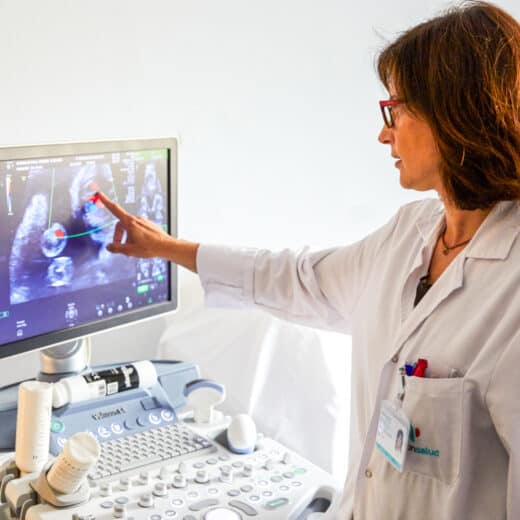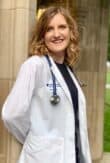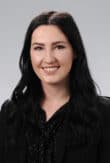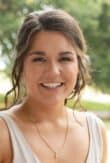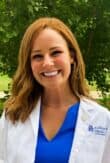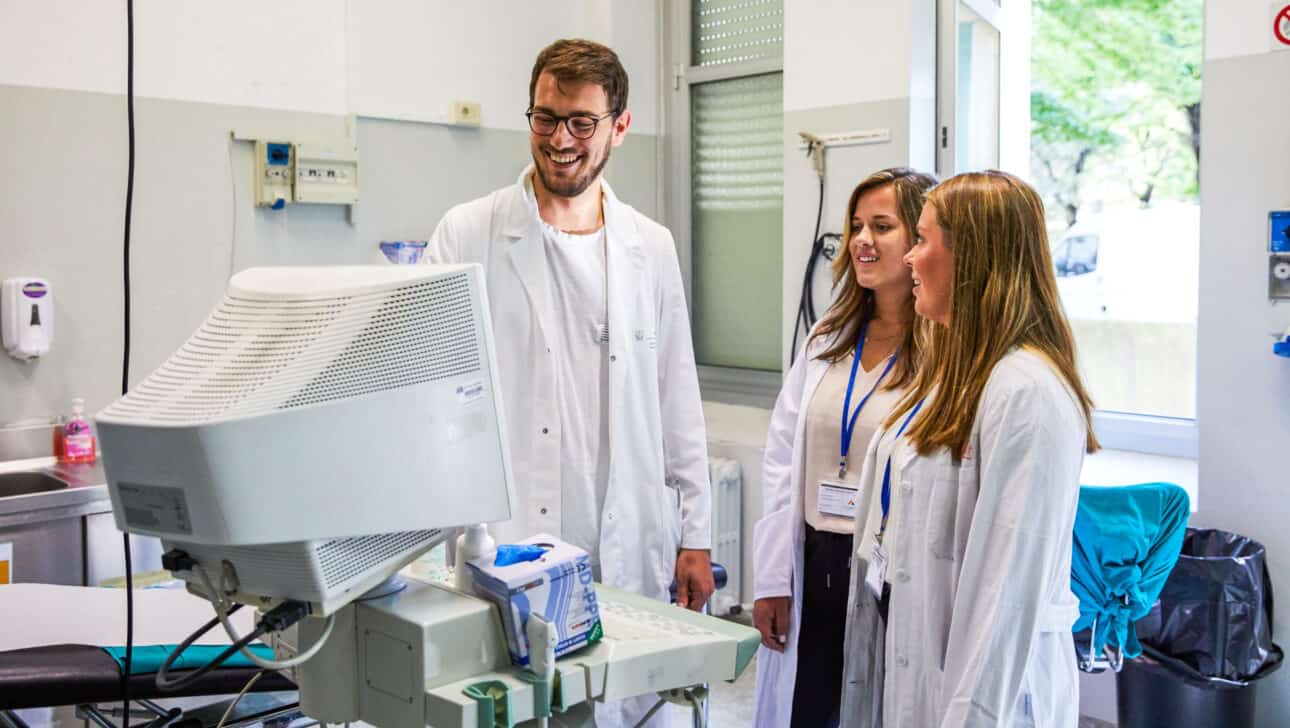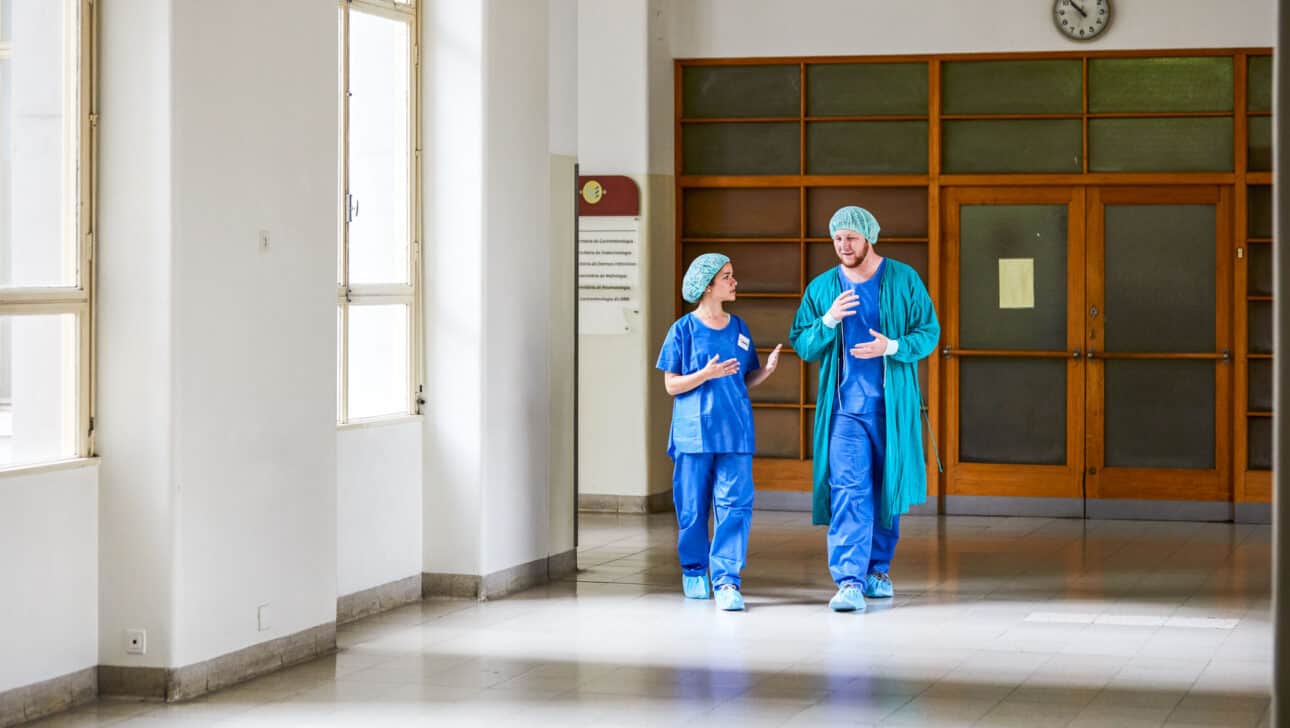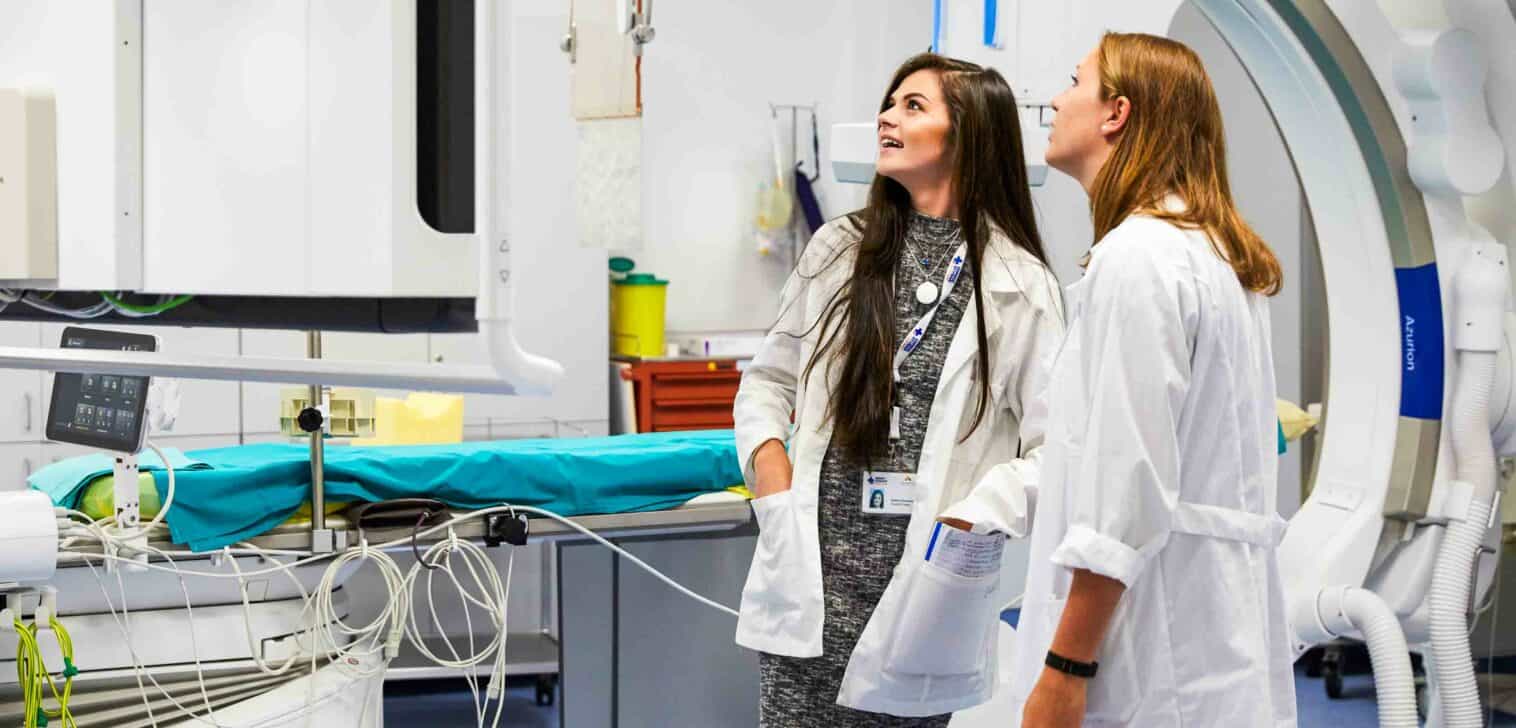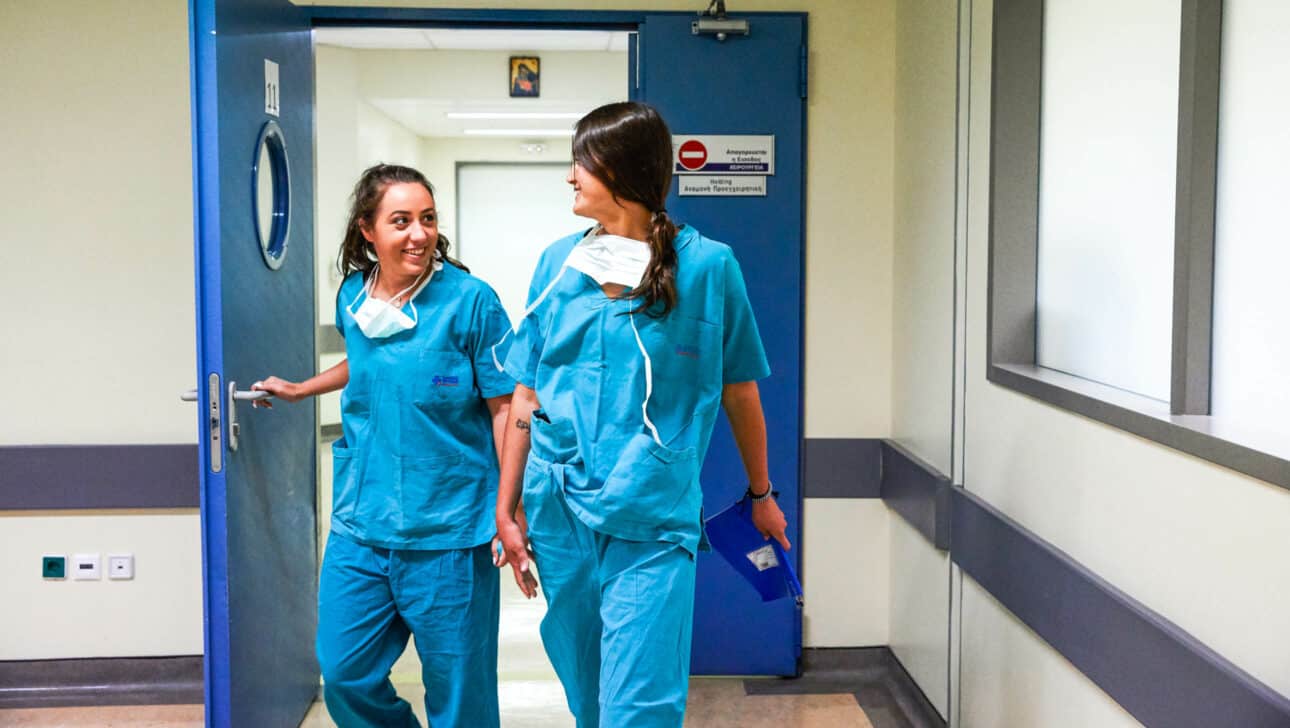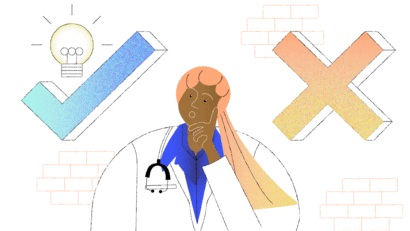
Applying to Med/PA School
NRMP: What is Residency Match Day?
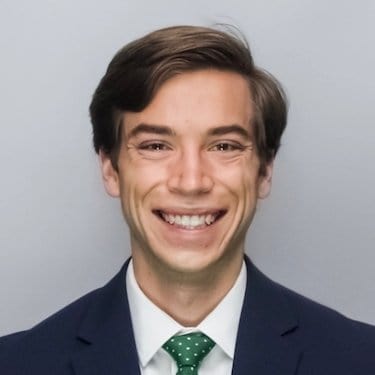
About Dr. Jake Groenendyk
Dr. Jake Groenendyk is a native of Sioux Center, Iowa. He attended Covenant College in Lookout Mountain, Georgia, and graduated with a B.A. in Biology, followed by an M.D. from Washington University in St. Louis. He is now an internal medicine resident at Northwestern University, and in his free time enjoys reading, running, and cycling.
What is the “Residency Match” (NRMP)?
Within the typical four-year curriculum of medical school, students will see hundreds of patients, review thousands of flashcards, learn a new language (was that granulomatosis with polyangitis or eosinophilic granulomatosis with polyangitis?) and incur a vast sleep debt (not to mention the financial debt). There will be many early mornings, late nights, and long days. But which is the most important day of medical school? Many might say Match Day, the day that graduating medical students learn where they will be continuing their training in residency. In my opinion, Match Day is an incredibly important day in the life of a budding physician, but sometimes we might place a bit too much importance on it.
So what exactly is Match Day?
Every year on the third Friday of March, starting at 12 PM EST, medical students across the U.S. will open plain white envelopes to learn which residency program they matched to. Will they be spending the next 3-7 years in Boston, becoming a general surgeon? In Alabama, becoming an internist? In Los Angeles, becoming an obstetrician? The medical student doesn’t know until she opens the envelope.
Each school has a slightly different ritual for this special moment. Some students open their envelopes around a table with friends and family, others all together in a gymnasium. At the Medical University of South Carolina, students often wear costumes to open their envelopes. At my medical school, the graduating class gathers in an auditorium with family and friends. Each student is then called up in random order to open his envelope on stage and announce where he’ll be headed for residency.
If it sounds stressful, anxiety-inducing, and adrenaline pumping, it is. But it’s also a joyful and exciting time to celebrate with people you hold dear. On my match day, one of my friends unzipped his jacket to reveal a t-shirt with the logo of his new residency program underneath; the year before, a paleontologist showed up in a dinosaur costume to support her fiancee (a future pediatrician).

“If it sounds stressful, anxiety-inducing, and adrenaline pumping, it is. But it’s also a joyful and exciting time to celebrate with people you hold dear.”
Keeping Match Day in Perspective
Although the hype and ceremony is fun, I am sometimes afraid it can cause us to lose sight of the truly important questions about our professional futures. On Match Day, the focus tends to center on where we’ll be training and in what field. Which program did you match to? Are you going to be a psychiatrist or an orthopedic surgeon?
Will you be staying in the same city or moving across the country? These are exciting questions, and they do make an important impact on our daily lives. Some of us just aren’t cut out to slice and dice in the operating room, while others couldn’t stand talking to people about their inner emotional lives all day. But at the end of the day, the question of what field of medicine I will practice is less important than how I will practice the field of medicine in which I end up.
Will I be the kind of physician that patients feel comfortable opening up to about fears of which they are slightly ashamed, or admitting that they are confused and don’t understand what is happening? Will I continually improve my knowledge base and medical skills throughout my career, or will I be complacent with the level of skill and competency required to get through residency? Will I be able and willing to admit when I was wrong or made a mistake, and take the appropriate steps to address it?
“But at the end of the day, the question of what field of medicine I will practice is less important than how I will practice the field of medicine in which I end up.”
When I look back on my medical career decades from now, I’m sure I’ll still be able to recall the delight and terror of Match Day (If you’ve taken the MCAT, waiting for your score feels similar). The question of “where will I match for residency?” consumed more hours of my final year of medical school than I’d like to admit. However, I think a different set of questions will ultimately be more important in determining what kind of doctor I become.
Was I teachable in residency and beyond? Did I hear my patients out, or prematurely interrupt their statements? Did I stop learning the day I graduated from residency, or have I continued to learn more about the practice of medicine and my patients every day? These are questions that will have to be answered day after day, year after year, and without the supportive audience of Match Day.
That said, Match Day is an important day! It can be very stressful, but also a fun celebration of years of hard work. And even after watching three years worth of friends walk up on stage and open their match envelope, it was still a confusing process to understand. So what really happens? Why do graduating medical students find their first jobs in such an absurd manner? What is it like to go through the match process as a student?
I’ll try and answer these questions with two sets of timelines. First, I’ll provide some historical background to help understand why medical students find their post-graduation positions through the Match, unlike our peers in most other fields. The second timeline will give you a picture of what it’s like to go through the Match as a student.
The History of the Match:
Early 1900s: Apprenticeships for new physicians.
Optional internships, one-year apprenticeships in which new physicians work in a hospital to gain additional skills after graduation from medical school, are introduced to help professionalize medicine. The term “residency” is later adopted, reflecting the fact that these young men (it was very difficult for the few female physicians graduating at this time to obtain internship or residency training) literally live in the hospital in hospital-provided housing.
1930s and 40s: Competition for top students increases.
Competition between hospitals increases as they seek to secure the most promising medical students for their own residency program. Medical students begin signing contracts with residency programs earlier and earlier in medical school, in some cases several years before graduation.
1945: Regulating the residency process.
Medical schools agree that they will not release student information or transcripts to residency programs until a certain date in fall of the fourth year, moving back the residency selection date until students have completed the majority of the medical school curriculum. This effectively moves the time of residency selection back to the fourth year.
1950s: Acceptance letters are all over the place.
Residency programs respond by issuing strict time limits on their residency offers; initially, a student has 10 days to either accept or decline a position. Further competition leads to ever-shortening windows for students to respond; eventually some students have to decide within 12 hours of receiving an offer. Some students end up accepting an offer from a program that is, say, their fourth choice, only to later receive an offer from another hospital at which they would have preferred to continue their training after already signing with their fourth choice.
1952: NRMP is born.
The NRMP, or National Residency Matching Program, is established. Under this “clearinghouse” system, students and residency programs communicate their preferences through a third party, which then matches students with programs in an attempt to maximize everyone’s preferences.
1962: Optimizing pairwise matching.
Economists David Gale and Lloyd Shapely publish a famous paper about pairwise matching, including the example of the “stable marriage problem.” Imagine 100 heterosexual men and women want to get married; how do you arrange them such that there are 50 male-female couples and no two people would want to trade places with each other?
1984: Studies into similar programs expand algorithm.
Economist Alvin Roth suggests that the reason the NRMP clearinghouse is effective is that it follows the Gale-Shapely algorithm. He studies similar matches in the UK, school choice in New York City, and other similar match markets and finds similar effects.
1995: Alvin Roth redesigns the Match algorithm.
The Match algorithm is redesigned in order to accommodate two-physician couples matching together (there weren’t many female medical students in the 1950s, and no openly gay couples, since coming out would have been a career-ending move). The NRMP had also been criticized for favoring hospitals over applicants, and is redesigned (by Alvin Roth) to allow medical students to “propose” to hospitals instead of vice versa. This puts students in the position of greater advantage.
2012: It works! Prizes for all.
Lloyd Shapely and Alvin Roth receive the Nobel Prize in Economics for their work on stable matching, including the medical match.
What is it like to go through the Match as a student?
Of course, everyone’s experience is different, but this is what I’ve observed.*
*Note: until this year, osteopathic medical students had the option of matching via the NRMP (with allopathic students) or the AOA match (osteopathic students only, with a similar structure to NRMP). Beginning this year (applications to begin residency in June 2020), osteopathic students and residency programs will match through the NRMP match as well. I’ll be focusing on the NRMP Match here, since I am most familiar with it and since it is also the process that everyone will use in the future.
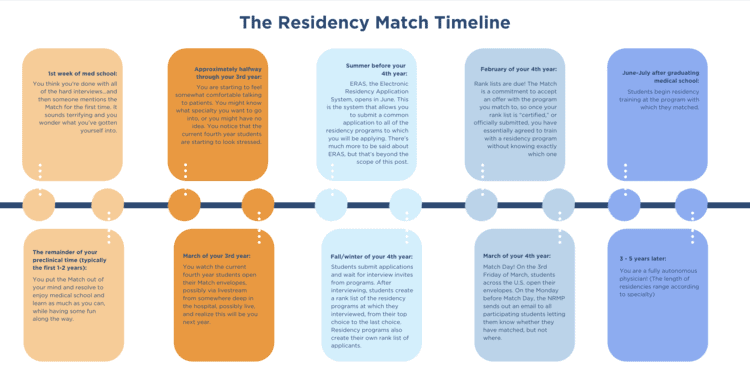
First week of medical school:
You arrive at medical school, both excited to become a physician and thankful that you’ve made it through organic chemistry, MCAT studying, writing thirty drafts of your personal statement, breaking your piggy bank to pay for a suit/pantsuit, travel and lodging for interviews, and being asked difficult questions by intimidating strangers who are clearly judging you.
While getting to know your new friends, someone mentions that they are so thankful to be done interviewing… and then you hear about the Match for the first time. It sounds terrifying and you wonder what you’ve gotten yourself into.
The remainder of your preclinical time (typically the first 1-2 years depending on your medical school):
You put the Match out of your mind and resolve to enjoy medical school and learn as much as you can, while having some fun along the way.
Approximately halfway through your third year:
You’ve been in the hospital and clinic for a while now, and are starting to feel somewhat comfortable talking to patients. You might feel 100 percent confident about what specialty you want to go into, or you might have no idea. You notice that the current fourth year students are starting to look stressed.
March of your third year:
You watch the current fourth year students open their Match envelopes, possibly via livestream from somewhere deep in the hospital, possibly live, and realize this will be you next year.
Summer before your fourth year:
ERAS, the Electronic Residency Application System, opens in June. This is the system that allows you to submit a common application to all of the residency programs to which you will be applying. There’s much more to be said about ERAS, but that’s beyond the scope of this post.
Fall/winter of your fourth year:
Students submit applications and wait for interview invites from programs. After interviewing, students create a rank list of the residency programs at which they interviewed, from their top choice to the last choice. Residency programs also create their own rank list of applicants.
February of fourth year:
Rank lists are due! Participating in the Match is considered a binding commitment to accept an offer with whatever program you match to, so once your rank list is “certified,” or officially submitted, you have essentially agreed to train with a residency program without knowing exactly which one (though if you match it will be to one of the programs that you included on your rank list).
March of fourth year:
Match Day! On the third Friday of March, students at medical schools across the U.S. open their envelopes and learn where they will continue their medical training. On the Monday before Match Day, the NRMP sends out an email to all participating students letting them know whether they have matched, but not where. Students who have not matched can participate in the SOAP (Supplemental Offer and Acceptance Program) and try to find an unfilled position with another program or apply again next year.
June-July after graduating medical school:
Students begin residency training at the program with which they matched.
Match Day in Review
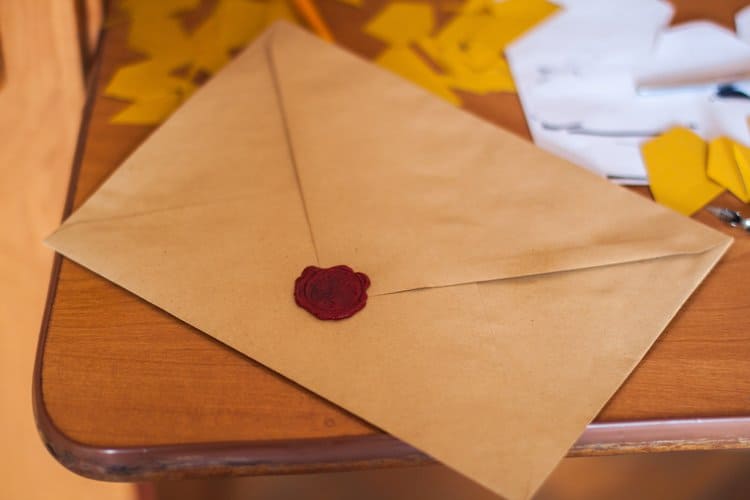
In summary, the residency selection process and its culmination – Match Day – is a whirl of emotions representing the payoff of thousands of hours of work. Although it is very important, remember that it is simply a small step in your never-ending journey to become an excellent physician. The day when, despite exhaustion, you return to check on a patient one more time will probably be much more important in determining what kind of physician you become.
Our Alumni Enter Great Medical Schools
About Atlantis
Atlantis is the leader in pre-health shadowing and clinical experience, offering short-term programs (1-10 weeks) over academic breaks for U.S. pre-health undergraduates. Medical schools want 3 things: (1)healthcare exposure, (2)GPA/MCAT, and (3)certain competencies. Atlantis gives you a great version of (1), frees you to focus on (2), and cultivates/shows (3) to medical school admissions committees.

Watch Video: The Atlantis Shadowing Experience and How it Helps In Your Med/PA Admissions Future
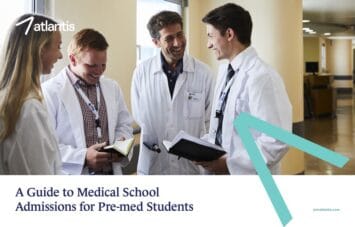
Two Atlantis alumni admitted to Top 5 MD programs wrote our widely read medical school admissions guidebook — download yours.
Get our 76-page medical school admissions guidebook, by Atlantis alumni at Harvard Medical School and Stanford School of Medicine.
